Ever wondered how construction projects stay within budget and on schedule? It all starts with an accurate quantity takeoff (QTO), a crucial step in cost estimation that ensures no material, labor, or resource is overlooked. Whether you’re an estimator, contractor, or project manager, mastering the quantity takeoff process can mean the difference between profitability and financial setbacks.
In this guide, we’ll break down the quantity takeoff process into actionable steps, covering the tools, techniques, and challenges involved. By the end, you’ll have a clear understanding of how to turn blueprints into precise cost estimates, helping you make informed financial decisions.
What Is Quantity Takeoff?
Simply put, quantity takeoff is the process of measuring and listing all the materials and components needed for a construction project. It’s the foundation of cost estimation and helps contractors, engineers, and developers plan their budgets effectively. The goal is to ensure every nut, bolt, and cubic yard of concrete is accounted for before a single brick is laid.
Without an accurate quantity takeoff, projects can face unexpected costs, material shortages, and budget overruns. That’s why professional estimators use advanced software and methodologies to ensure precise calculations.
The Key Steps in the Quantity Takeoff Process
1. Reviewing the Construction Plans
The first step in any quantity takeoff process is a thorough examination of the blueprints and specifications. This involves:
- Identifying different construction elements such as walls, floors, foundations, and electrical systems.
- Understanding project scope, materials, and structural requirements.
- Highlighting potential discrepancies or missing details that may impact the estimate.
2. Breaking Down the Project Into Measurable Units
Once the plans are reviewed, the next step is to categorize and quantify materials based on standard units of measurement. This includes:
- Cubic yards for concrete
- Square footage for flooring and roofing
- Linear feet for piping and wiring
- Count-based estimates for fixtures, doors, and windows
Each material type must be measured accurately to avoid waste or shortages.
3. Using Digital Takeoff Tools for Accuracy
Gone are the days of manual calculations and endless spreadsheets. Modern estimators rely on construction estimating software to automate measurements and improve precision. Popular tools include:
- PlanSwift – A user-friendly platform for digital takeoff.
- Bluebeam Revu – Ideal for PDF-based quantity takeoffs and collaboration.
- STACK – A cloud-based solution that streamlines takeoff and estimating.
These tools allow professionals to import digital blueprints, measure materials with a few clicks, and generate cost estimates efficiently.
4. Applying Material Costs and Labor Rates
Once materials are quantified, the next step is assigning costs. This includes:
- Checking up-to-date material prices based on market rates.
- Factoring in labor costs depending on skill level, location, and project complexity.
- Considering waste factors to account for cutting and installation losses.
Estimators often reference supplier quotes, industry benchmarks, and historical data to ensure accurate pricing.
5. Reviewing and Finalizing the Takeoff Report
Before sending off the final estimate, it’s essential to review every detail. This involves:
- Double-checking measurements to prevent costly miscalculations.
- Cross-verifying with engineers and contractors to ensure practical feasibility.
- Adjusting for contingencies to accommodate potential cost fluctuations.
A well-prepared quantity takeoff report serves as the financial roadmap for the entire project, reducing uncertainty and increasing confidence in cost projections.
Challenges & Solutions
Even the most experienced estimators face obstacles during the quantity takeoff process. Here are some common challenges and how to tackle them:
Inconsistent or Incomplete Blueprints
Missing details in construction drawings can lead to incorrect estimates.
Solution: Always request updated blueprints and communicate with architects for clarification.
Rapidly Changing Material Costs
Fluctuating prices can throw off initial estimates.
Solution: Keep track of supplier pricing trends and use real-time cost databases.
Human Error in Manual Calculations
Mistakes in measurements can lead to costly overruns.
Solution: Leverage digital takeoff software to reduce errors and improve efficiency.
Lack of Standardization
Different projects use varying measurement units and methodologies.
Solution: Establish clear company-wide takeoff procedures to maintain consistency.
Why an Accurate Quantity Takeoff Matters
A precise quantity takeoff doesn’t just benefit estimators, it impacts the entire construction lifecycle:
- Minimizes Budget Overruns: Prevents unexpected expenses and ensures cost control.
- Optimizes Material Usage: Reduces waste and promotes sustainable construction practices.
- Enhances Project Scheduling: Helps in timely material procurement and avoids delays.
- Boosts Profitability: Ensures competitive bidding and maximizes margins for contractors.
Whether you’re bidding on a project or managing costs, a well-executed quantity takeoff sets the stage for success.
Conclusion
The quantity takeoff process is more than just measuring materials, it’s the backbone of a well-planned construction project. With the right tools, a keen eye for detail, and a commitment to accuracy, estimators can turn complex blueprints into precise, actionable budgets.
By implementing digital takeoff solutions, staying updated with market prices, and adopting standardized workflows, construction professionals can streamline the estimating process and build with confidence.
So, the next time you look at a blueprint, remember, it’s not just lines on paper; it’s a financial strategy waiting to be executed.
Are you looking for expert quantity takeoff services? Our team of specialists can provide detailed cost estimations to keep your projects on track. Contact us today to learn more!

